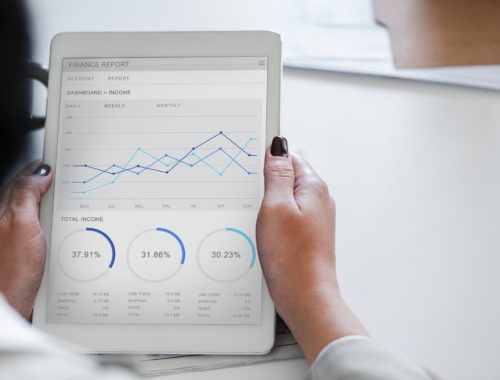
Student Debt – A Primer Pt. 2
IRB Plan
In my previous treatment of loan repayment plans, I passed over the IRB with out so much as acknowledging it. So here we go – the IRB plan is somewhat confusing because there is the old IBR and the new IBR.
You qualify for the old IBR plan – and only the old plan – you have any loans that date from July 1, 2014 or earlier. Essentially the highlights are:
- Monthly payments are 15% of discretionary income & recalculated yearly
- Borrower must re-file every year
- Payment plan will NEVER be more than 10-year standard plan
- If married, spouse’s income and debt only considered if you file a joint return
- Outstanding balance is forgiven after 25 years
- Subsidized loans are interest subsidized only for first 3 years.
- No interest subsidy on non-subsidized loans.
You qualify for the new IBR plan – and only the new plan – if all all your loans date from July 1, 2014 or later. Essentially the same as above except:
- Monthly payments are 10% of discretionary income
- Outstanding balance is forgiven after 20 years
Which debt re-payment plan is best?
So remember Sandra, she had little family assistance and had to pay “out-of-state” tuition. She graduated with $200,000 in unsubsidized debt and her average interest is 6.2%. She recently accepted a job making $70,000. Her payments and amount to be forgiven under each of the “income driven plans” is listed below:
The problem with trying to select the “best” repayment options is that it depends on personal factors. For example, if we assume that Sandra is single and will never get married, she should select REPAY – payments are $432 a month and, because of the previously described interest subsidy, the taxable loan forgiveness is lowest; however, if she plans on marrying – and her significant other has a equally significant income – everything changes. Lets assume Sandra marries someone also making $70,000 and has no student loans. These would be her options:
At this point would need to consider which is more important: pay the loan off earlier by paying more each month, or paying the least amount possible. If she wanted to pay the least possible, then she would probably pick REPAY and be done in 236 months, but she could be done much more quickly if she selected one of the other plans. It’s all very complicated and very personal.
Public Service Loan Forgiveness (PSLF)
One last thing to consider is The Public Service Loan Forgiveness (PSLF) Program forgives the remaining balance on your Loans after you have made 120 qualifying – not necessarily consecutive – monthly payments under an income based repayment plan. You must work full-time (>=30 hours per week) for a qualifying employer. Qualified employers include:
- Government organizations (federal, state, local, or tribal)
- Section 501(c)(3) not-for-profit organizations
- Some public service not-for-profit organizations that are not under Section 501(c)(3)
- Serving as a full-time AmeriCorps or Peace Corps
An important point to remember is that if you plan on using the PSLF program, you should complete and submit the Employment Certification for Public Service Loan Forgiveness Form annually or when you change employers. This will help ensure that the payments made are counted toward the 120. People have found out the hard way that payments that they thought were “qualified,” actually weren’t.





One Comment
Pingback: